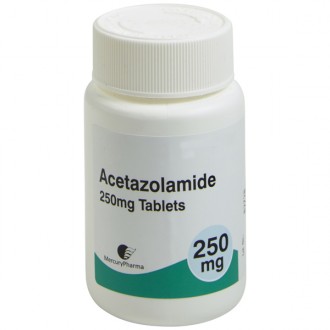
High-altitude cerebral edema (HACE), a swelling of the brain that causes neurologic dysfunction, is one of the more severe forms of altitude sickness that can develop.

There are three types of problems that can develop from acute altitude illness or altitude sickness: acute mountain sickness, high-altitude cerebral edema and high-altitude pulmonary edema.Īcute mountain sickness can feel a lot like a hangover with symptoms like headache, persistent lightheadedness, dizziness when sitting up, feeling sick to your stomach, and just generally feeling off or blah. Even if you aren’t doing an intense activity like summiting a mountain, just being at or higher than 8,000 feet above sea level can put you at risk for altitude sickness. The low oxygen levels found at high altitudes can be problematic for travelers.

ALTITUDE SICKNESS MEDICINE HOW TO
Andrew Luks, a physician at the Chest Clinic at Harborview Medical Center and professor of Medicine in the Division of Pulmonary, Critical Care and Sleep Medicine at the UW School of Medicine, says if you don’t want altitude sickness to ruin your high-altitude plans, it’s essential to be able to recognize the signs of altitude sickness, know how to prevent it and understand how to respond if symptoms develop. Planning on traveling to new heights? Whether your next adventure is trekking to Machu Picchu, summiting Mount Rainier, or going for a cozy mountain cabin getaway in Aspen, if your travels take you more than 8,000 feet above sea level, altitude sickness is a potential concern.ĭr.


 0 kommentar(er)
0 kommentar(er)
